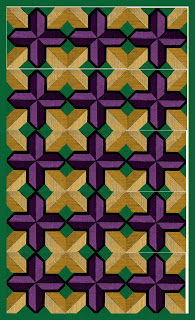Marriage in the mid-1800s was complex. Marriages were not jut the joining of a man and a woman but a joining of families, businesses, jobs, and wealth. Love was not the only thing to consider in a marriage. A man was looking for an agreeable woman who could take care of his house and raise his family and a woman was looking for a breadwinner.
Many couples married because the situation was pleasing to them even if they were not in love with their spouses. Love was present in many marriages and love was the main reason a man would show interest in a lady.
Many marriages occurred as a result of a young man writing his future bride's father indicating his intentions, line of work, and bank contents.
Marriages were not necessarily arranged but general opinion of the time was that young ladies should not have to suffer the embarrassment of making a split-second decision that she might not think through properly or to hurt a gentleman's feelings by rejecting him in person. It was proper at the time for a rejection to be business-like and the proposal not mentioned by any of the parties afterward.Only if a gentleman was very good friends with a lady would he ask her before her parents.
It was also acceptable for a gentleman to ask a friend to propose the match to the lady or her father. If the gentleman knew that his advances were accepted, he could write a letter asking the young lady herself or ask her in person. If a gentleman was not sure, he was to write a letter to her father and pray that her father liked him.
Rings were used during some proposals, simple bands were common and only very wealthy gentlemen gave rings with diamonds. The ring was a sentimental token of a gentleman's affection, intended to only be special to the lady, not necessarily valuable.
Some Marriage Proposals from "How to Do it," by John H. Tingley published in 1864.














